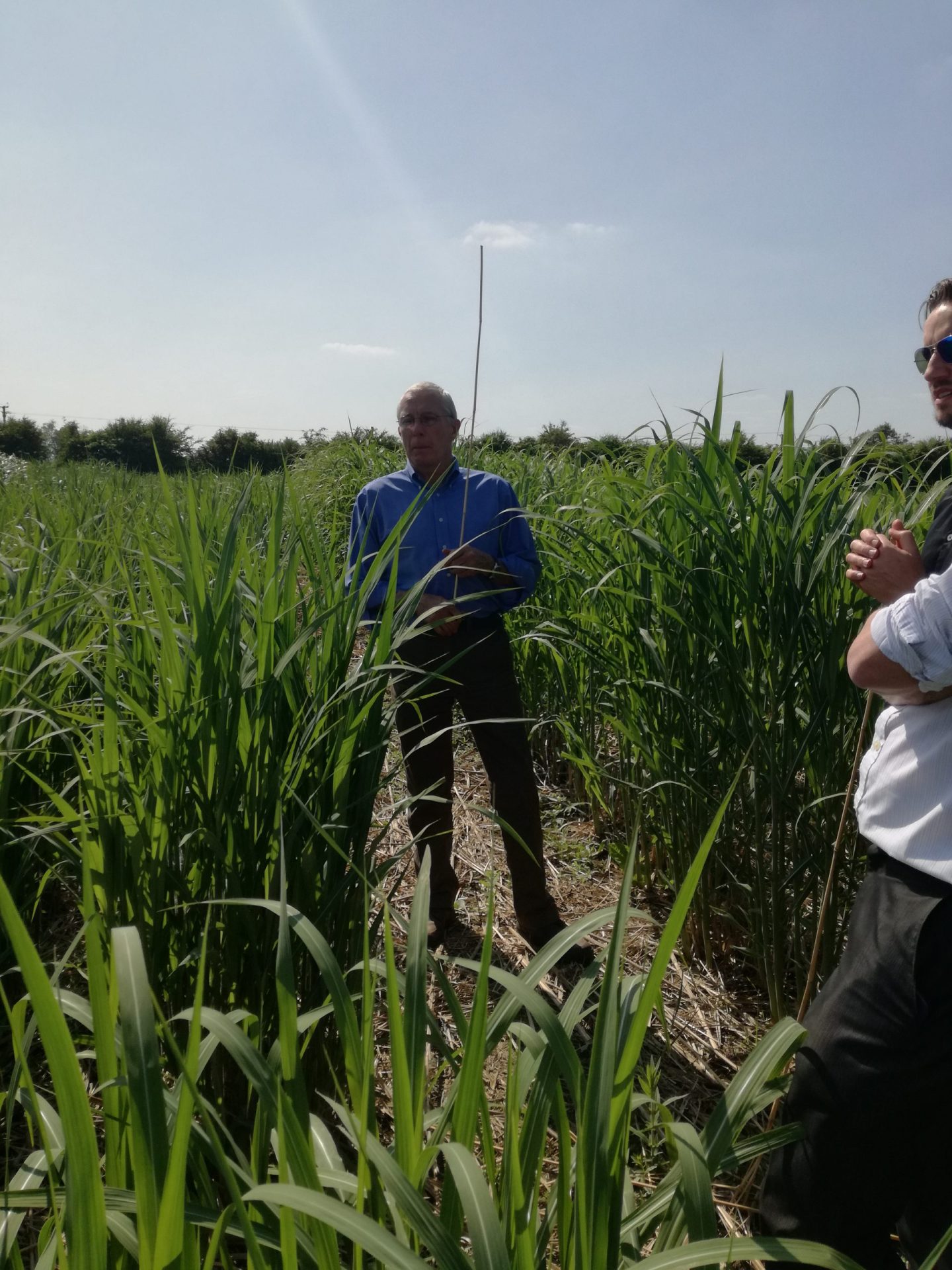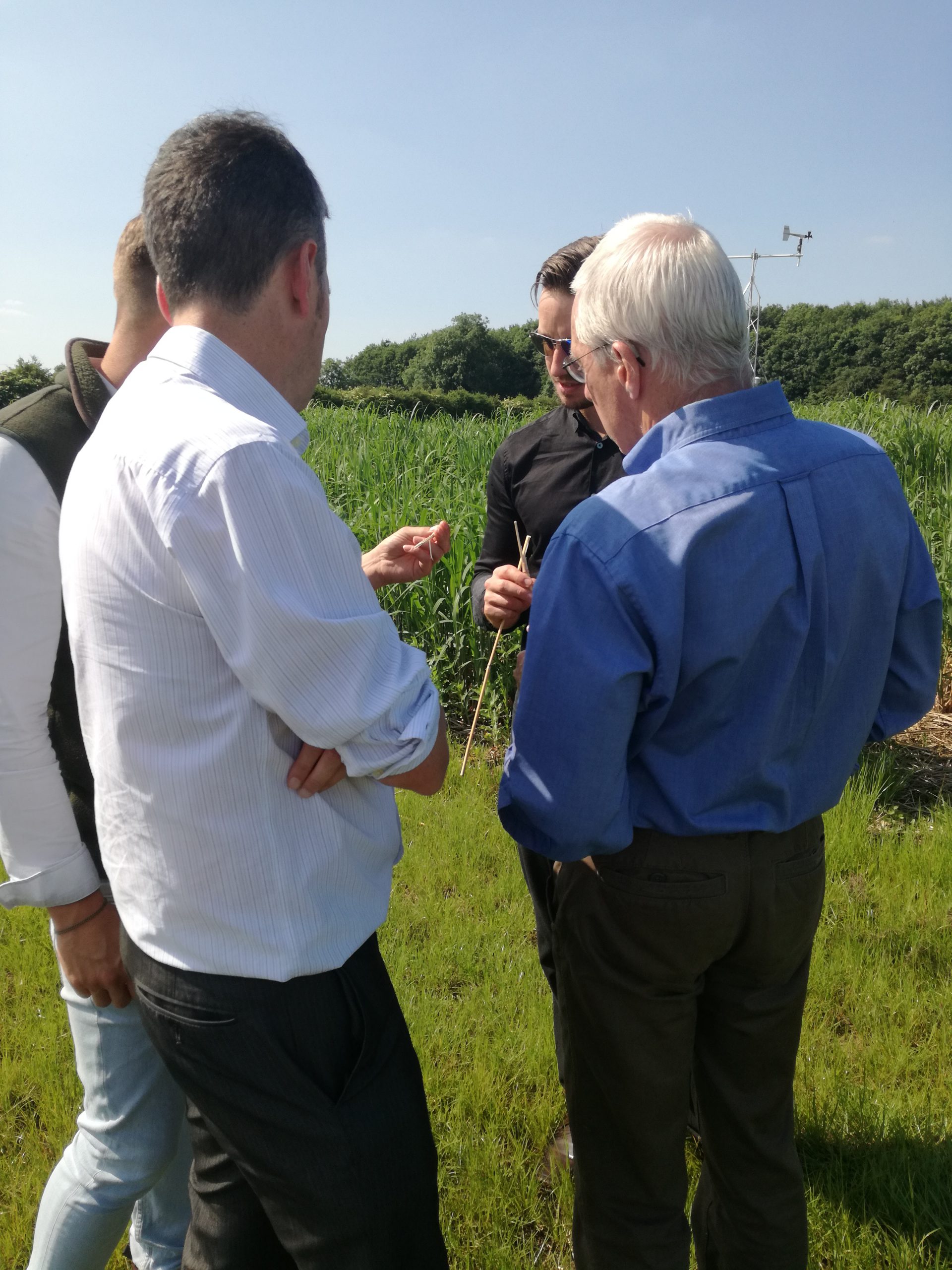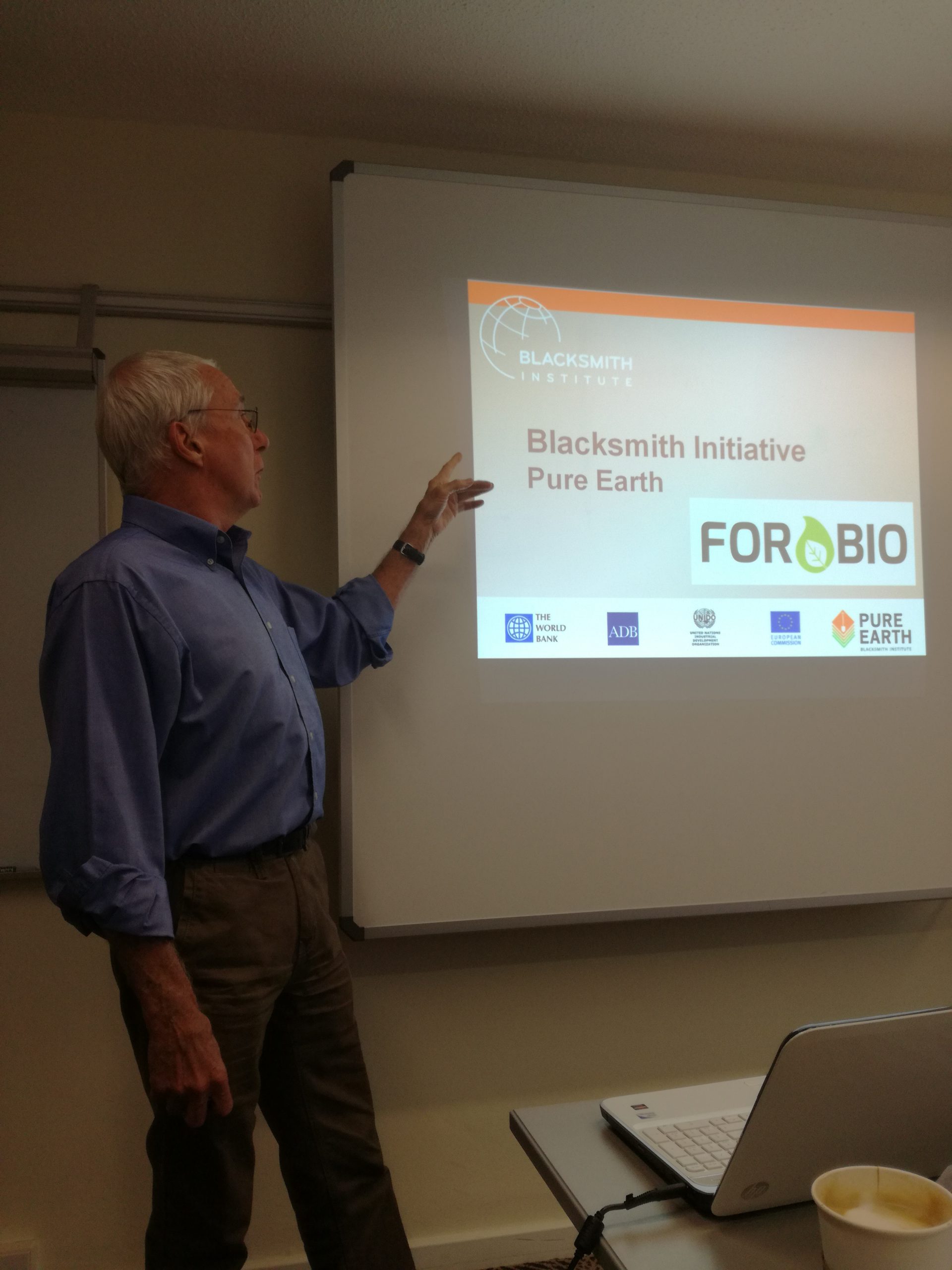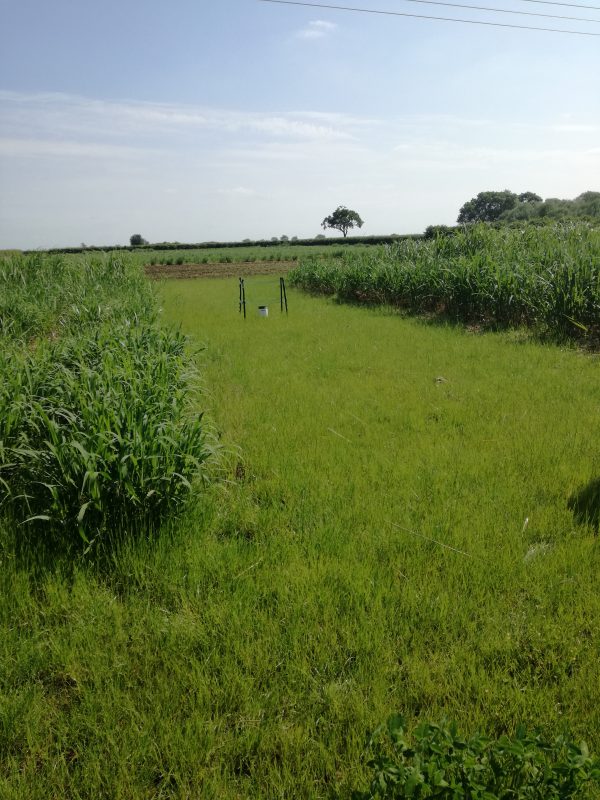Like many countries of the former Soviet Union, Ukraine has been dealing with many unresolved pollution challenges, from the major issue of obsolete pesticides being improperly stored throughout the country, to the lingering public health and pollution issues connected to the 1986 Chernobyl nuclear power plant disaster.
In 2014, Pure Earth performed one of the most dangerous cleanups at an abandoned munitions warehouse, where tens of thousands of tons of an extremely toxic chemical – MNCB – was dumped, along with unexploded TNT. That cleanup averted a potential catastrophe. Now, Pure Earth is embarking on another innovative project in Ukraine, focused on biofuels. Valeriia Kovach, Pure Earth’s country coordinator for Ukraine, tells us about herself and what Pure Earth is up to.
Please tell us about yourself
My name is Valeriia Kovach. I joined Pure Earth’s team in 2014. I graduated from the Institute of Ecological Safety of the National Aviation University in Kyiv, Ukraine and entered the PhD program in 2011. I received my PhD in Ecology in 2015. My area of interest is in the development of information technologies for environmental monitoring; mathematical modeling of environmental pollution; solving urgent problems of civil protection of land, environment, and population; solving urgent problems of environmental safety; and finally, the stable functioning of nuclear power plants in Ukraine. In addition to this, I work on rehabilitation and remediation of territories contaminated with heavy metals, pesticides and radionuclides. Currently I work with the Institute of Environmental Geochemistry at the National Academy of Sciences of Ukraine as a senior researcher.
What can you tell us about the environmental risks and challenges currently facing Ukraine?
Since the Soviet era, all post-Soviet countries are left with unresolved pollution challenges. Ukraine was, and is, an agrarian country, so one major issue is obsolete pesticides storage throughout the country.
In addition to the pesticide issue, not far away from the center of Kyiv is a former mercury processing plant called Radikal. Now the plant is abandoned. The abandoned chemical plant threatens the capital with an ecological catastrophe. The mercury content in the air above the plant exceeds international norms by 30 times. However, for the last 20 years, Kyiv city officials have not been able to solve the issue of waste disposal. Also, in the Kyiv area, there are still a lot of public health and pollution issues connected to the 1986 Chernobyl nuclear power plant disaster.
Describe a cleanup or research project in which you have been involved
In 2013-2014 I took part in the removal of the HCB (hexachlorbenzene) from Kalush, Ivano-Frankivsk, Ukraine. The production of chlorinated solvents such as tetrachloroethylene and tetrachloromethane has resulted in large stockpiles of unintentionally produced persistent organic pollutants (POPs), including high amounts of HCB waste. HCB waste of 15,000 tons from the production of chlorinated solvents at the Kalush factory was placed in landfills.
In 2008, it was discovered that HCB and other pollutants were escaping from the landfill into the local environment, including the Sapogi–Limnytsia Rivers, tributaries of the Dniester River. This showed that the HCB waste was not appropriately contained and represented a threat to the Dniester River basin. We worked to ameliorate this problem.
Tell us more about the FORBIO project you are currently working on
The aim of FORBIO and projects similar to it is to demonstrate the viability of using land for sustainable bioenergy feedstock production that does not affect the supply of food and feed, in addition to not interfering with land currently used for recreational and/or conservation purposes. The methodology being developed will be used to assess the sustainable bioenergy production potential of underutilized lands such as contaminated or abandoned sites.
Pure Earth is one of 12 partners in the FORBIO project. There are three case studies countries (Ukraine, Germany and Italy), and the rest are observers who will use the lessons learned in later projects. The first three will be like role models for the rest in applying approaches that were learnt through the project.
 David Hanrahan, Pure Earth’s Technical Advisory Board leader, in a field of miscanthus.
David Hanrahan, Pure Earth’s Technical Advisory Board leader, in a field of miscanthus.
What are the benefits of energy crops and the innovations associated with creating sustainable fuel?
Worldwide growth in demand for energy crops contributes to an increase in prices for them, which generates an increase in supply. Therefore, Ukraine’s agriculture has the ability to become an industry that will be able to provide not only food, but, to a certain extent, energy security for the country.
Thus, the production of biofuels, with the production of crops, will contribute to the development of agriculture to satisfy the needs of consumers. Consequently, rational and efficient use of agricultural land will contribute to both food and energy security in countries where biofuels can be grown.
 Discussing biofuels in a field of Miscanthus.
Discussing biofuels in a field of Miscanthus.
What did you discuss at your recent meetings in Italy and Ukraine?
Italy and Ukraine are the case study countries for the project so a lot of things are done in these countries. For example, project meetings, capacity building events, information days, and field tours.
In Italy (Sardinia), there was a meeting with local stakeholders to understand the barriers they are facing in growing bioenergy crops. In order to understand technical and economical barriers, presentations were made of research projects on biomass energy in similar conditions. There was also a study tour of the Arundo donax plantation. This crop was chosen as the best biofuel option to grow in Sardinia.
In Ukraine there was an organized field trip to the Ivankin region to the plantation where local farmers grow energy willow. Pure Earth specialists took soil samples at this plot, made recommendations about fertilizers, and wrote a report about the soil condition in that area. In addition, they conducted an aerogamma survey and mapping of the territory to see the radionuclide contamination of the area.
 David Hanrahan, Pure Earth’s Technical Advisory Board leader, gives a talk on the FORBIO project.
David Hanrahan, Pure Earth’s Technical Advisory Board leader, gives a talk on the FORBIO project.
Tell us about the bioenergy conference organized by Pure Earth
This summer, Pure Earth’s UK office organized a two-day conference–“Enhancing bioenergy among UK`s farmers: potentials and barriers.”
The first day was devoted to a study tour of the two Miscanthus showcase plots at Cedar Farm in South Carlton, Lincoln. The main objectives of the study tour were to see how Miscanthus growth depends on different conditions, including the type of seeds and the soil conditions. Different planting summaries and techniques, as well as strategies, were discussed.
The key discussion revolved around finding the right energy crops to grow on underutilized land in the U.K., cultivation methods, cropping experience, and the right utilization. All the discussions took place in the field, where farmers shared their fears and barriers facing them. Also discussed were the methods by which companies could secure a sustainable source of annually harvested crop from growers, and supply whole bale power stations with bioenergy crop, providing a reliable, home-grown biomass fuel source for large energy providers.
On the second day, eight presentations offered different perspectives from a variety of stakeholders.
The conference showed that the topic of biofuels is of a great interest in the UK as well as across Europe. Through the biofuels model, land that was previously unused have the potential to bring social, economical and environmental benefits. The biggest company that promotes growing bioenergetic crops in the UK is located in Lincoln, and is called is Terravesta. They grow Miscanthus as their crop of choice. Their example shows that cooperation between scientists and local farmers can be extremely productive.

One of the fields of Miscanthus the Pure Earth team visited in the UK.





